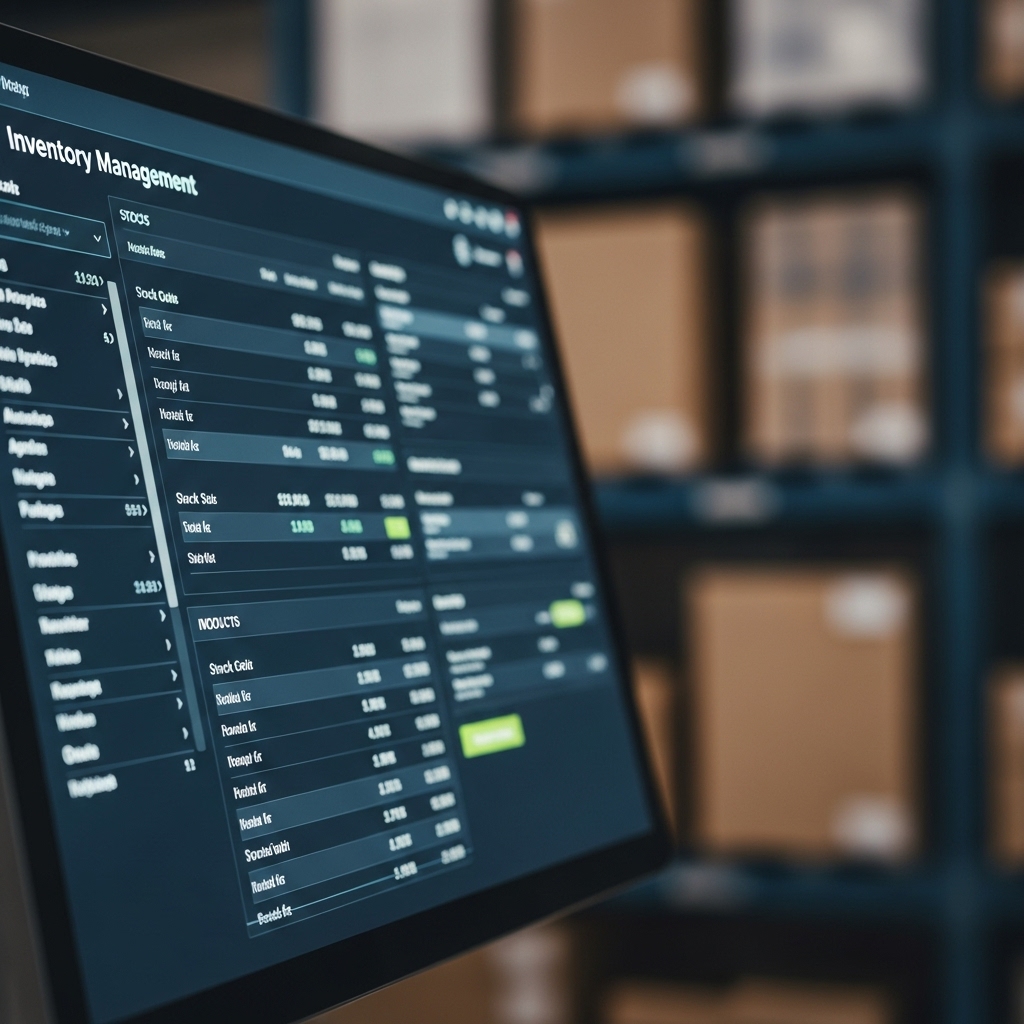.jpg)
Streamline Logistics with Demand Forecasting
Leverage predictive analytics to fine-tune inventory, minimize surplus, and boost operational efficiency. Our services transform demand signals into actionable insights, leading to a 20% reduction in stockouts and enhanced service levels.
Achieving Forecasting Precision


AI-Driven Efficiency Optimization
Diverse Industries We Empower
- Automotive: Enhance your supply chain with Just-In-Time delivery systems, reducing lead time by up to 30%. Our logistics solutions optimize part procurement and distribution processes to support efficient production cycles.
- Manufacturing: Integrate our logistics services to achieve a 20% reduction in production downtime. We offer seamless coordination of raw material supply and finished goods distribution, ensuring minimal disruption and maximum throughput.
- Retail: Boost retail profitability with precision stock replenishment, decreasing overstock by 15%. Utilize our logistics network for rapid response to consumer demand changes, enhancing your customer satisfaction levels.
- Technology: Our tailored logistics strategies ensure the secure and timely delivery of electronic components, reducing spoilage rates by 10%. We support your innovation-driven timelines with reliable transport solutions.
- Healthcare: Ensure critical medical supply chain integrity with our temperature-controlled logistics, reducing spoilage by 25%. Our robust systems guarantee timely delivery of pharmaceuticals and equipment, upholding patient care standards.
Advanced Forecasting Techniques
- Data Analytics: Utilizing big data platforms, companies can analyze vast datasets from IoT devices to predict logistics demand patterns. For instance, a 20% reduction in delivery times was achieved by a major retailer using real-time traffic data analysis to optimize delivery routes.
- Machine Learning: By deploying machine learning algorithms, logistics firms can enhance demand forecasting accuracy by 30%. A case in point is a global shipping company that reduced fuel costs by 15% through predictive maintenance scheduling, driven by real-time sensor data.
- Statistical Analysis: Employing regression models and time-series analysis allows for the forecasting of seasonal demand fluctuations. A beverage distributor, for example, leveraged statistical methods to anticipate a 25% increase in demand during summer, leading to efficient stock allocation and a 10% reduction in stockouts.
- Historical Trends: Analyzing past data trends enables logistics providers to make informed decisions on inventory levels. A regional warehousing firm improved its inventory turnover rate by 35% through insights gained from five years of historical sales data, minimizing excess stock.
- Market Research: Conducting market research provides qualitative insights that complement quantitative forecasting. A leading electronics manufacturer increased market share by 5% by aligning production schedules with consumer trends identified in annual market surveys.
Core Features
Trend Detection
Utilize advanced algorithms to pinpoint market trends early, allowing for strategic adaptation. Respond proactively by aligning supply with anticipated demand shifts, reducing excess inventory by up to 15%.
Real-Time Monitoring
Leverage IoT-enabled sensors and cloud-based dashboards for 24/7 supply chain visibility. Make data-driven decisions swiftly, enhancing response times by up to 30% and minimizing disruptions.
Risk Mitigation
Employ AI-driven risk assessment tools to foresee and address supply chain vulnerabilities. Proactively mitigate risks with predictive insights, reducing incident-related costs by 20%.
Cost Reduction
Optimize procurement strategies through data analytics, ensuring just-in-time inventory management. Achieve cost savings of up to 25% by minimizing overstock and enhancing supplier negotiations.
Enhanced Decision Support Systems

Comprehensive Advantages
- Increased Reliability: By integrating IoT-enabled sensors within the supply chain, logistics operations achieve a 30% reduction in unexpected delays. This real-time monitoring ensures precise tracking of shipments, enhancing dependability and minimizing transit disruptions.
- Operational Smoothing: Implementing automated warehouse management systems leads to a 25% increase in order processing speed. This automation enables seamless coordination, reducing bottlenecks and improving overall workflow efficiency across distribution centers.
- Market Adaptability: Utilize dynamic demand forecasting tools that respond to market changes within 24 hours, allowing businesses to adjust inventory levels swiftly. This adaptability supports agile decision-making and helps capture evolving consumer trends.
- Customer Satisfaction: Enhance delivery accuracy through last-mile optimization technologies, resulting in a 15% improvement in on-time delivery rates. By ensuring packages arrive as expected, customer trust and loyalty are significantly bolstered.
- Competitive Edge: Gain a strategic advantage by adopting blockchain technology for supply chain transparency. This innovation reduces transactional inconsistencies and builds consumer confidence, setting your business apart in the competitive marketplace.
Our Advanced Forecasting Techniques
Transform Your Supply Chain
You may also be interested in
Maximize your potential with our seamless, end-to-end supply chain solutions.

Parts Certification Tracking
Achieve seamless compliance and unparalleled traceability with our Parts Certification Tracking service, ensuring a 30% reduction in audit preparation time by automating documentation workflows and enhancing supply chain transparency.
.jpg)
Service Parts Storage
Revolutionize your inventory management with secure, scalable storage solutions designed to enhance supply chain efficiency, minimize downtime, and cut overhead by up to 25%.

Part Segmentation and Organization
Leverage precise part classification to enhance supply chain agility, cut inventory costs by up to 30%, and synchronize demand forecasting across your network.